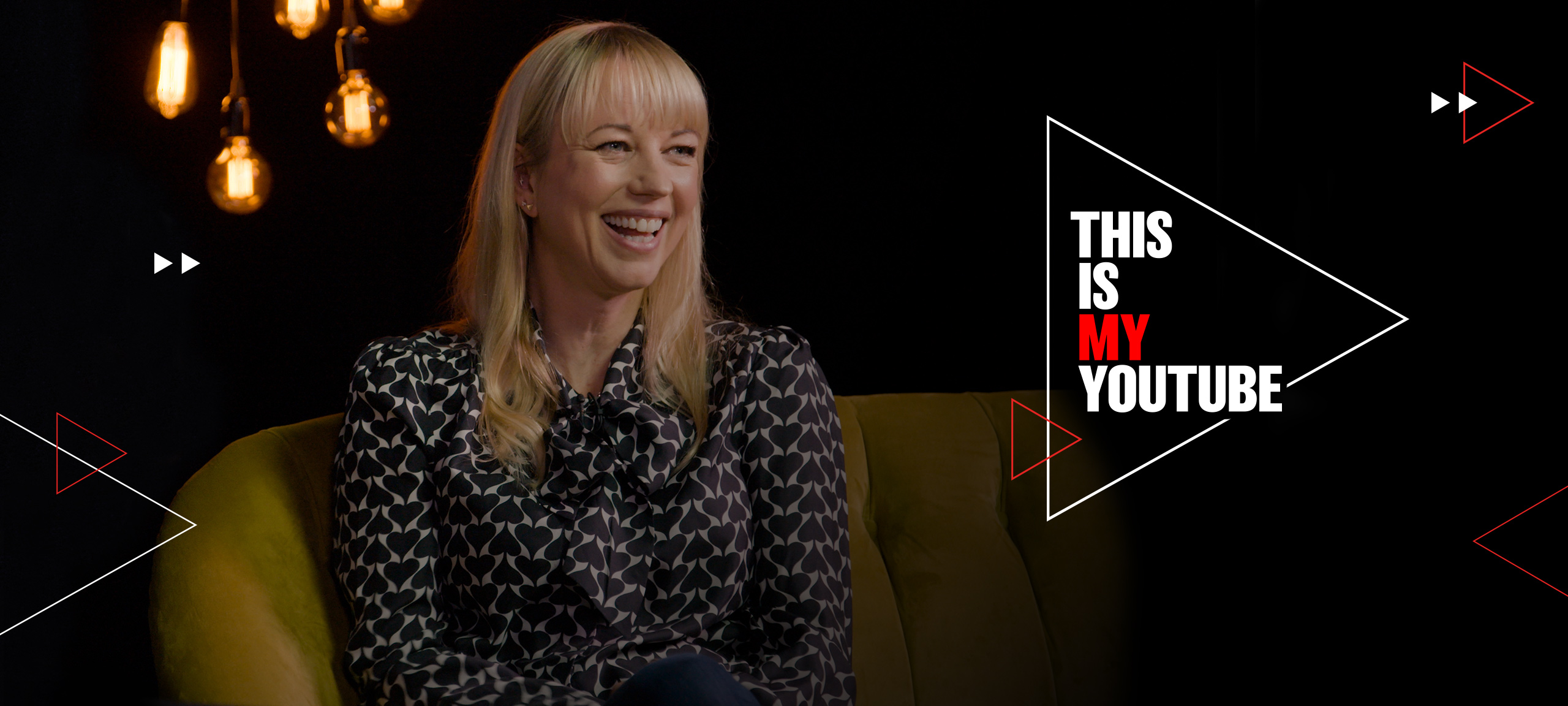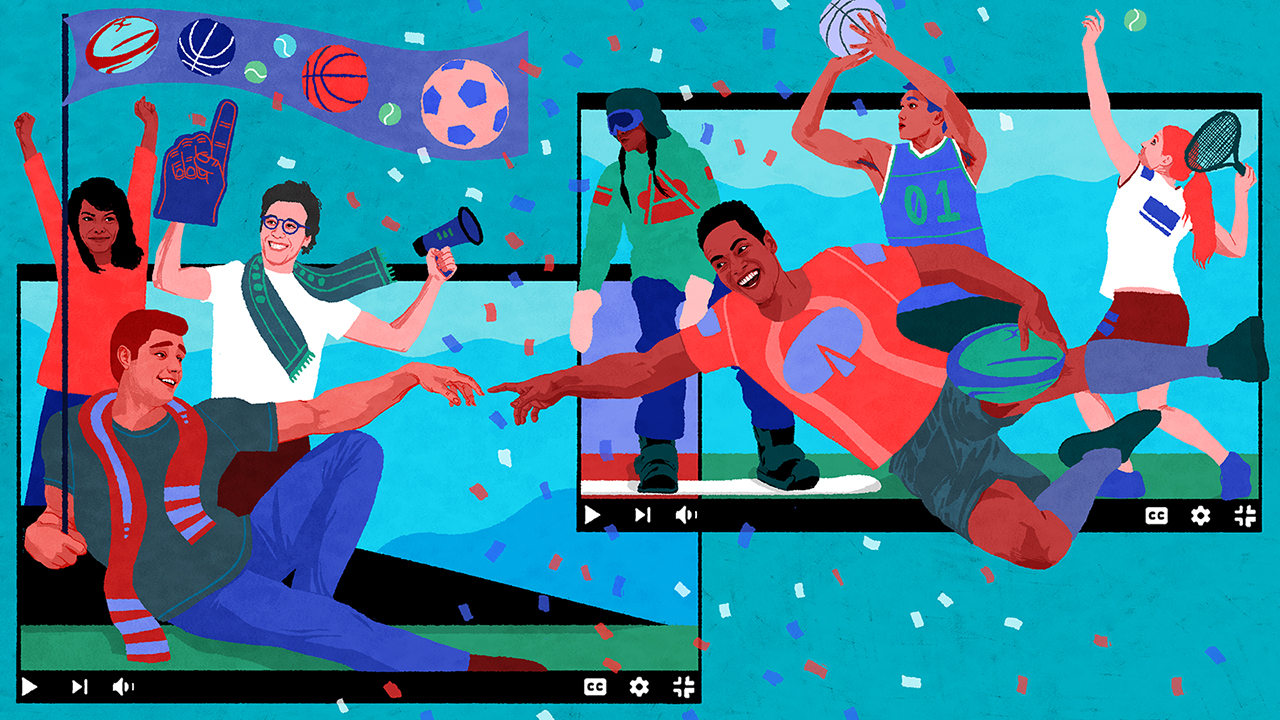In our ‘This is My YouTube’ series, we explore how users — with different backgrounds, jobs and interests — are connecting, engaging and using content on YouTube. In this episode, we see how important YouTube is for our guests’ relationships with football - but this goes far deeper. In fact, there’s been a wholesale shift in the way we’re all consuming the nation’s favourite sport. In this article, we delve into the topic and discover just how our habits are changing.
Adding to this episode, Fearghal O’Connor, Head of Premium Programmes & Packages EMEA at YouTube, dives deeper into football content on YouTube and how viewers’ habits are changing.
With the Lionesses’ roaring success at the Women’s World Cup, I’ve come to tell you that football’s coming home. The thing is, it’s also coming to your desk when your boss is out. And it’s even coming to the bus, as you try to drown out the drudgery of your morning commute.
A new generation of fans
Football has always been more than two teams doing battle on the pitch and now, through YouTube channels and bite-sized bursts of content, the game has been reclaimed for a whole new generation of fans.
The Copa90’s Modern Fan Report marks YouTube as the second most popular platform for consuming football content amongst fans 16-24 years old (behind live TV). We also know that football fans come to YouTube to watch before (54% say they watch related content before a match), during (44% watch related content during) and after (say that YouTube is one of the first places they go after major games or news).1
Skill-based YouTubers like the F2 Freestylers are at the forefront of this movement, and are even having an influence on how the new generation of young people are actually playing football. Billy Wingrove, one half of F2, is within the top 10 most watched sports stars on YouTube.2 They’re encouraging kids to get involved from an early age with games that favour ball-control (like futsal), preventing them being thrown into 11-a-side matches too early. This is helping to forge a new generation of more technical footballers. Teenage England superstar, Jadon Sancho, has spoken about the importance of growing up watching YouTube videos of Ronaldinho in shaping his fleet-footed skills.
What’s more, it’s not just unreal tekkers that are winning over young viewers. Channels such as Copa 90, with a community of over 1.8M subscribers, and Mark Goldbridge’s That’s Football have found huge success by focusing on fan culture. This is content created for the fans — by the fans.
More and more, we’re seeing football fans becoming ‘fan-alysts’. Between 2016 and 2017 watchtime of sports videos with ‘fan’ or 'fans' in the title grew more than 145% year on year.3
Brands are embracing the banter
This hasn’t gone unnoticed by brands. By embracing YouTube’s spirit of co-creation, brands are teaming up with footballers and prominent football influencers to create new formats and content. This has allowed them to access a huge untapped market of 16-24 year olds, who are absorbing masses of content online:
Internet provider EE’s inaugural “Wembley Cup” campaign (and YouTube Works award-winner) featured the broadcast of a match between some of the country’s biggest YouTubers, conjured up a total of 35M views. It’s gone from strength to strength ever since, adding football legends to play alongside the influencers and gaining even more viewers in the process.
- The deodorant brand Sure launched their “Pressure Series”, challenging some of the Premier League’s top players to show they could finish under pressure. Some of the biggest draws in world football took part, such as Raheem Sterling and Romelu Lukaku, amassing millions of views for Sure’s YouTube channel.
- To combat a lack of brand awareness among young people, the Dutch bank ING set up their “ING Only Football” YouTube channel, featuring a range of football influencers, like popular freestyler Soufiane Touzani. This channel had absolutely nothing to do with banking and was purely football-related, and yet it managed to increase brand consideration by 46.6%.
- BT Sport, one of the more traditional football broadcasters, has gone straight to the source by forming a partnership with YouTube, allowing the platform to show the Champions League and Europa League finals live. This has allowed a notably young audience to access the two biggest matches of the year for free.
Football teams make up some of the fastest growing channels on YouTube
Football teams too are getting in on the act. Channels like Liverpool FC and the official England channel play host to some incredible content - giving audience access like they’ve never had before. FIFATV (with over 7.9M subscribers) presents highlights, exclusive interviews and behind the scenes coverage of the 2019 Women’s World Cup. Millions of viewers around the world have flocked to the channel to get behind their teams and catch up on all the goings on. In fact, we’ve noted that watchtime on women’s football has increased +300% in the last 18 months.4
Yes, football’s come home and it feels far closer than it’s ever felt before. For brands and marketers, there’s opportunity to align with this impressive corpus of football content that is unique to YouTube.
Discover more from our ‘This is My YouTube’ series here.
Want to stay up-to-date with the latest top trending videos on YouTube? Sign up to YouTube Re:View.





